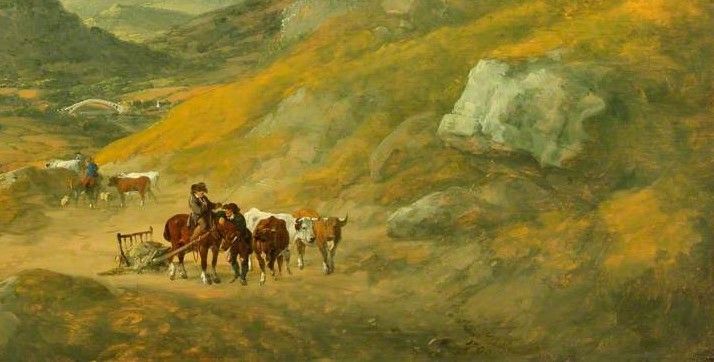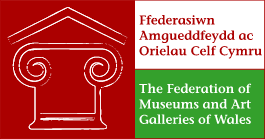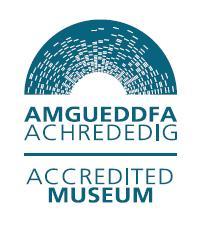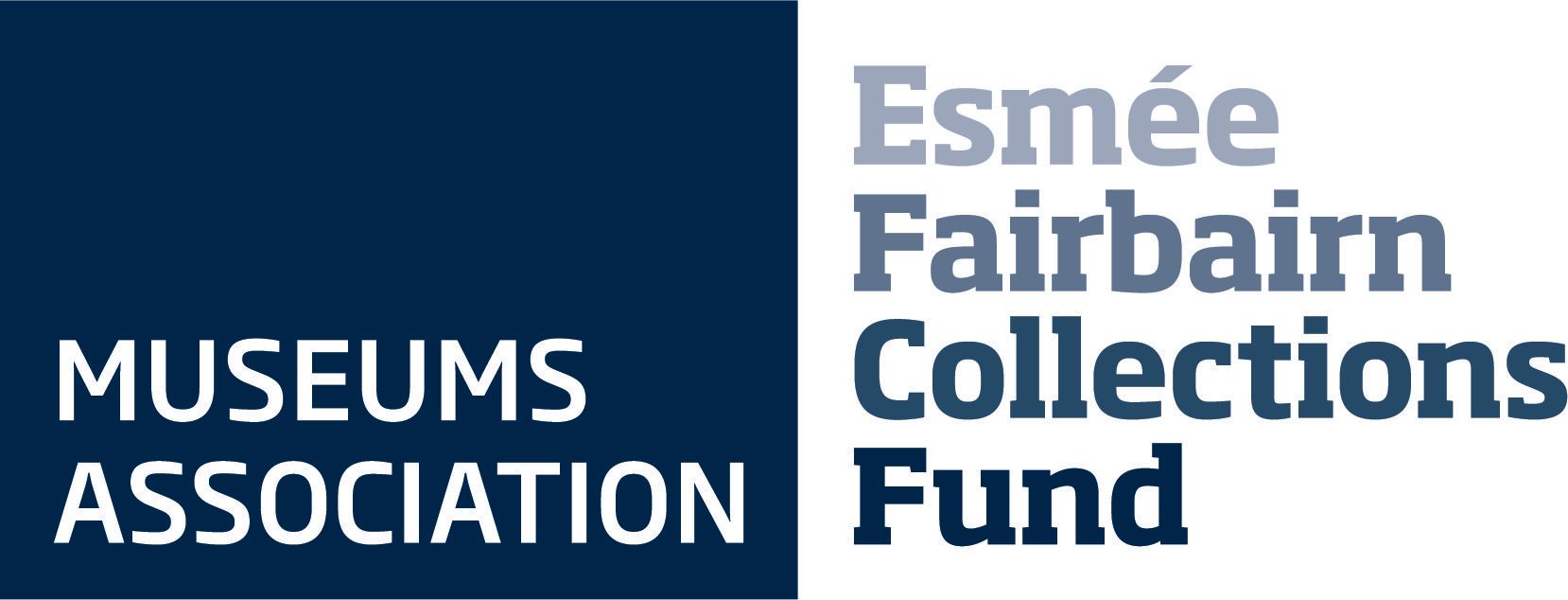Julius Caesar Ibbetson

Julius Caesar Ibbetson (1759-1817) was an English artist known for his landscapes and figure paintings.
His mother's death during childbirth led to his unusual name, as he was delivered via caesarean section. Raised by his father, a member of the Moravian Brotherhood in Fulneck, Leeds, Ibbetson attended both Moravian and Quaker schools before being apprenticed to ship painter John Fletcher in Hull in 1772 (Chesneau et al., 1885, p.128).
During his time as a ship painter, he worked 'from daylight to night [painting] the inside and outside [of] ships in the port of that town [Hull]. His remonstrances against this were ridiculed by his master and he could only practice drawing and other painting at stolen hours. He did, notwithstanding, so far advance in the art as to paint several signs which were much admired' (Farington and Grieg, 1923, p.49). When his master proposed to sell his ship painting business, Ibbetson fled to London in 1777 and began taking private commissions, painting theatre scenery and restoring the artwork of other artists.
Julius' first exhibition was at The Royal Academy in London in 1785, and he continued to showcase his paintings for the next two years (Farington and Grieg, 1923, p.49). In 1787, Ibbetson joined the first Christian Mission to China as a draughtsman, creating several watercolours that depicted the places and creatures he saw (Bomford and Leonard, 2005, p38). Later, in 1792, he embarked on a tour of Wales with his patron Robert Fulke Greville, creating watercolour images that focused not only on the industrial scenery but also on the Welsh's customs, occupations, and clothing (Casid, 2005, p.187). This was an unusual approach for an artist, as traditional landscape painters concentrated more on the topography and less on the people inhabiting it.
Despite his successes, Ibbetson faced financial struggles and left London in 1798 to escape his debts. He spent the rest of his life residing wherever he could find a patron to commission new work, ultimately settling in Masham in 1805 to be near his patron William Danby in the North of England (Bradford, 2017). Ibbetson died on 13 October 1817 and was buried in the churchyard of St Mary's in Masham (Bradford, 2017).
Throughout his career, Ibbetson was fascinated by the natural world and spent much of his time observing and drawing people and animals. His paintings are known for their lively brushwork and ability to capture the character and personality of his subjects. He is often described as a precursor to J.M.W. Turner and Joseph Wright of Derby, and his paintings provide insight into early industrial life. Ibbetson's particular ability at recreating sketches of early Dutch masters earned him the sobriquet "the Berchem of England" (Perkins & Champlin, 1886, p.310).
Today, his paintings are held in the collections of several major museums and art galleries, including the Metropolitan Museum of Art, the National Gallery of Art and the Victoria & Albert Museum.
References:
Ayres, J. (2014) Art, artisans and Apprentices: Apprentice Painters & Sculptors in the Early Modern British Tradition. Philadelphia: Oxbow Books.
Bomford, D. and Leonard, M. (2005) Issues in the conservation of paintings. Los Angeles, CA: Getty Conservation Institute.
Bradford, E. (2017) Julius Caesar Ibbetson (1759-1817), Julius Caesar Ibbetson (1759-1817) - They Lived in Leeds - Thoresby Society. The Historical Society for Leeds and District. Available at: https://www.thoresby.org.uk/content/people/ibbetson.php (Accessed: March 14, 2023).
Casid, J.H. (2005) in Sowing empire landscape and colonization. Minneapolis: University of Minnesota Press.
Chesneau, E., Ruskin, J. and Etherington, L.N. (1885) The English School of Painting. London: Cassell & Company, Limited: London, Paris, New York & Melbourne.
Farington, J. and Grieg, J. (1923) The Farington Diary. London: Hutchinson & Co.
Perkins, C.C. and Champlin, J.D. (1886) Cyclopedia of Painters and Paintings. New York.
Written by Daniel Shepard
GET IN TOUCH
Contact Us
We will get back to you as soon as possible.
Please try again later.
OPENING TIMES -
- Monday
- -
- Tuesday
- -
- Wednesday
- -
- Thursday
- -
- Friday
- -
- Saturday
- -
- Sunday
- Closed

Sign up to our mailing list
Thank you for subscribing.
Keep an eye out for updates from the Museum in your inbox!
Oops, there was an error subscribing.
Please try again later.










